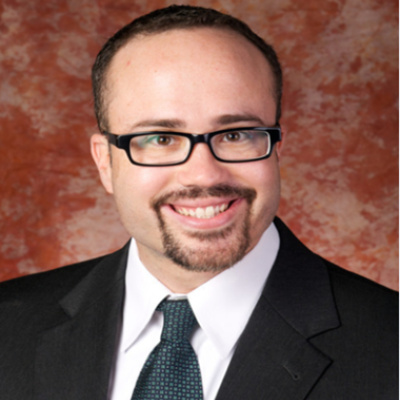I’ve taught U.S. history to high schoolers for almost twenty years, during which time I’ve worked in multiple states with students of varying personal and cultural backgrounds.
Below are the five things that I think I’ve learned.
1) Our students need more exposure to U.S. history.
While teaching at a Georgia public school for five years, I had the opportunity to teach “Georgia Studies” to eighth graders, which covered the role of our state in the American experience from the colonial period to the twenty-first century. In that course, we covered foundational historical content, including the American Revolution, the Civil War, Reconstruction, World War I, the Great Depression, World War II, and the modern civil rights movement, just to name a few examples. I would then have these students in eleventh grade as they took U.S. history with me, either in the on-level class or the College Board’s AP U.S. History course.
Undoubtedly, students who had taken Georgia Studies with me back in eight grade already had a solid base of prior knowledge about U.S. history when they took the eleventh grade course. This facilitated our ability to build on that knowledge and help students develop more conceptual understandings and make thematic connections across time periods. It also saved us time because they already knew some basics. Similarly, it also allowed students to improve their ability to make, support, and develop historical argumentation through analytical writing, since we had more time to focus on writing.
Per Fordham’s new report, for which I served as a reviewer, I think it’s reasonable to dedicate three to four of those grades to a full elementary U.S. history survey, followed by a full high school survey. In the lower grades, students should be exposed to foundational historical content. At the secondary level, students can develop better conceptual understandings and engage in more sophisticated historical thinking, and they should revisit this material in greater depth.
2) Chronological reasoning and thematic connections can co-exist.
For the most part, I take a chronological approach in my classroom because periodization helps students understand cause and effect relationships, common characteristics that define certain eras, and so on. However, it’s also important for students to make thematic connections across and within time periods. For example, when covering the “Progressive Era” or the rise of the modern conservative movement, I often draw students’ attention to the changing role of the government in society. Studying these topics in isolation would deprive students of the opportunity to make relevant connections and develop a better understanding of the big picture.
3) Breadth and depth aren’t mutually exclusive.
Perhaps the biggest pedagogical challenge that we history educators face is figuring out how to teach all of the required content without winding up with a curriculum that is a mile wide but only an inch deep. Having solid content standards can help teachers strike the right balance. But even with such standards, we must often make challenging decisions.
When push comes to shove, my personal approach is to allocate more time to watersheds or “turning points” in U.S. history, like the Civil War, so that students can develop a more than superficial understanding of these transformative events. In other words, it’s possible to achieve adequate breadth and at least periodic depth—provided you pick your spots to go deeper.
4) Covering specific historical content is vitally important, but so is cultivating historical thinking skills.
In general, teachers need to pair the teaching of substantive content with historical thinking skills that will allow for application of knowledge. And the more explicit we can be about these pairings, the better it is for students.
In my classroom, I still tend to be content-heavy. Nonetheless, I also draw a nexus between the specific factual information and the targeted skill for that particular lesson or activity. In fact, I’m not sure it’s possible to have a good lesson plan if both of these things aren’t included. How can students write a thesis statement or make an argument about the American Revolution if they don’t know that the war was primarily caused by opposition to British attempts to impose greater control over the colonies? What would the statement or argument be about?
5) Exposing students to multiple diverse perspectives is valuable, but not all perspectives have equal historical significance.
I don’t subscribe to the notion that there is a single or correct narrative of U.S. history to be told, and I don’t think that’s what the report is saying, either. By definition, the past is what happened, while history is our interpretation. Consequently, I see a lot of value in exposing students to multiple perspectives. Still, not all historical interpretations or perspectives should carry equal weight. The validity of any account depends on the quality of the historical evidence used to support and develop the argument, which is why I strive to teach my students a nuanced collection of stories about our nation’s history that I consider accurate and relevant.
To state the obvious, I have never done that perfectly and recognize that there’s room for improvement. Perhaps that’s why I love teaching so much, and the beginning of each school year in particular. There is still so much for all of us to learn.




